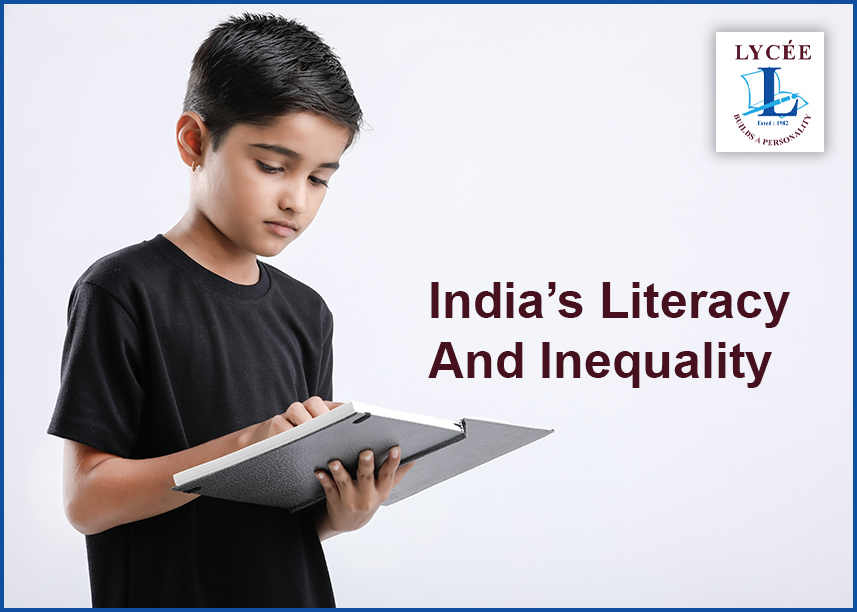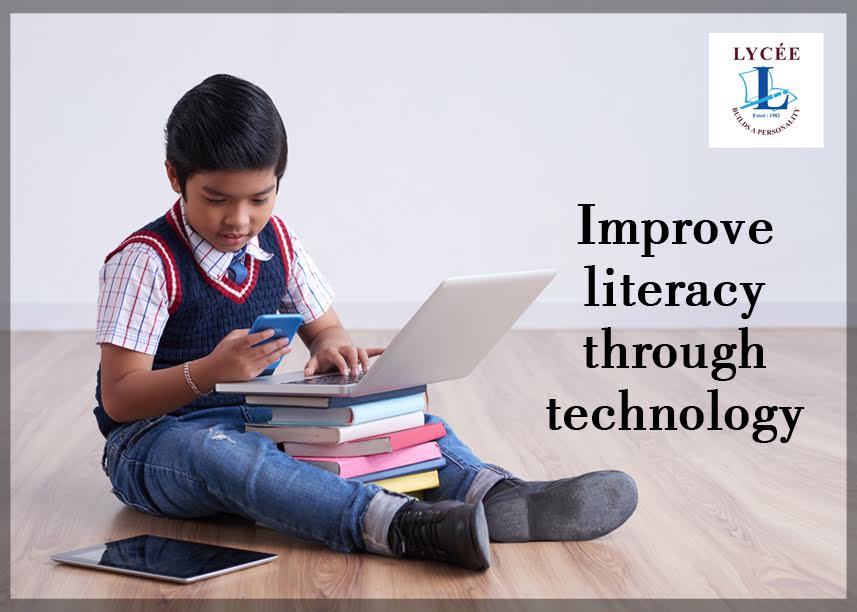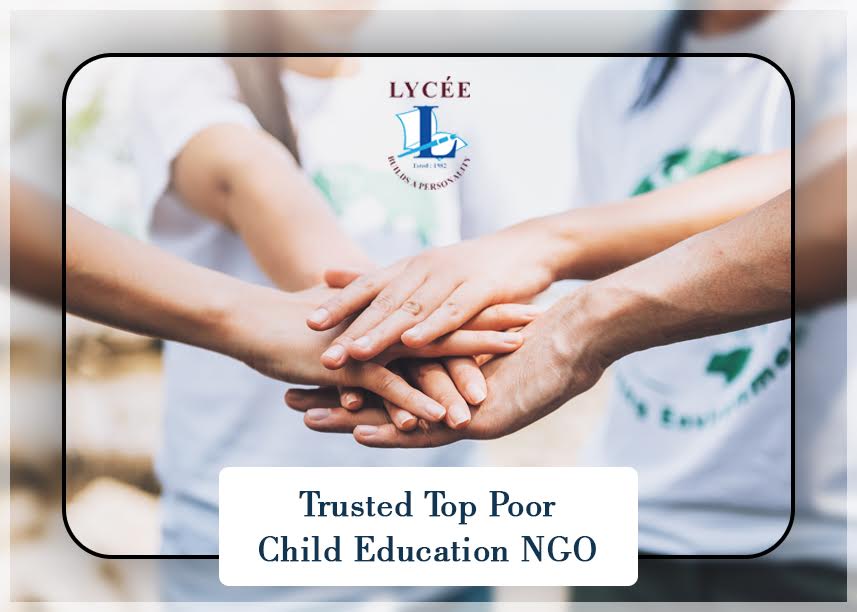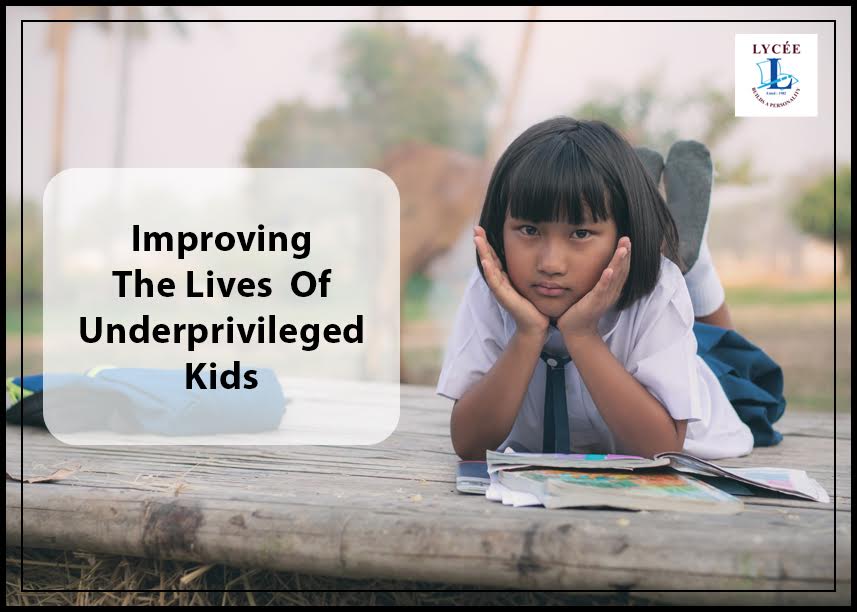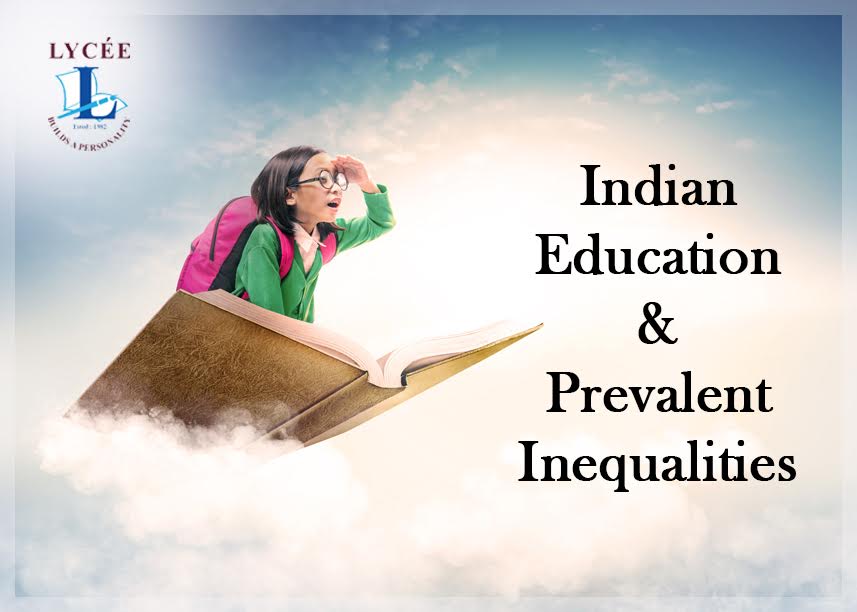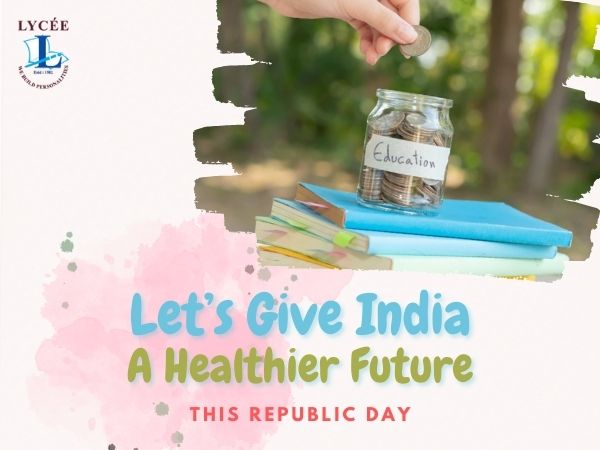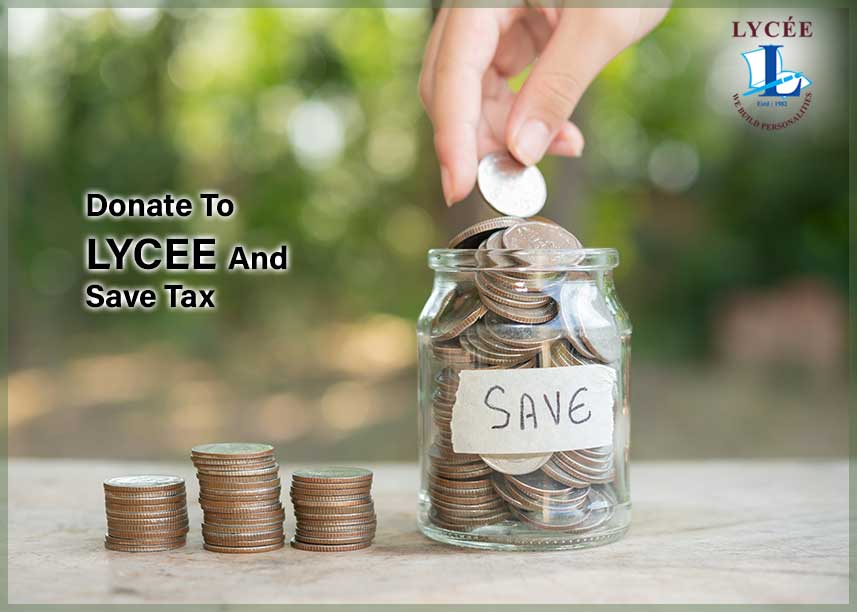What Is The Existing Inequality In The Indian Education System?
Much has been written about the contributions of a ngo for poor child education. But today, we will discuss the inequalities in the Indian literacy system.
In 2020, the population of India was 1.39 billion. Out of this, only 50 percent of teenagers could complete their graduation. The rest 50% still fall under the category of uneducated. So, even after we donate money for child education, there is a big gap to bridge.
Structural Violence In Indian Literacy
According to Senses, India places a high priority on academic performance. Students who receive scores of over 90% are considered "genius," while those who receive lower scores—even if they meet the standard—are considered inadequate. The tendency of solely looking for "geniuses" dates back to the country's colonization and has become a huge barrier preventing many students from accessing higher education.
There are three main flaws in the Indian education system:
-
First, the poor infrastructure in India makes it difficult for individuals to get to school. This includes poor classroom conditions, a shortage of clean water, and dangerous travel conditions, especially for girls. In other places, pupils' routes to schools became impeded by rivers or motorways.
- The second is the insufficient focus. Verma asserted that pupils are not to blame. It has to do with the incapacity to instill in young people a love of learning. In contrast to attempting to make the kids like learning and let them take it from there, most teachers believe they simply need to teach children to get good test results.
Due to the high level of income inequality in the nation, many young people must work to support their families and cannot devote all of their time to studying. Additionally, many subjects in the curriculum don't seem to be worth the time spent studying because they don't seem to be applicable to real-life situations.
- The issue with education's goal comes last. What Senses mentioned regarding the unpleasant legacy of the colonial era lends credence to this idea. Instead of those who are naturally curious, the system only wanted people for the menial desk positions running the country.
When a large number of young people are living below the poverty line and cannot afford to buy books or enroll in tutoring programs, the desire for quantity over quality becomes problematic. In addition, their homes lack an atmosphere that encourages study.
Wrapping It Up
We can overcome this evil by coming together. Lycee Trust is the only ngo in India for child education that supports children's growth. Donate to childrens education and help us fight this social injustice.


